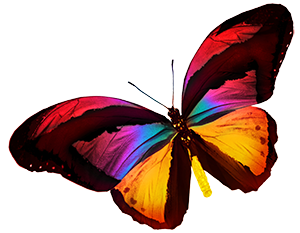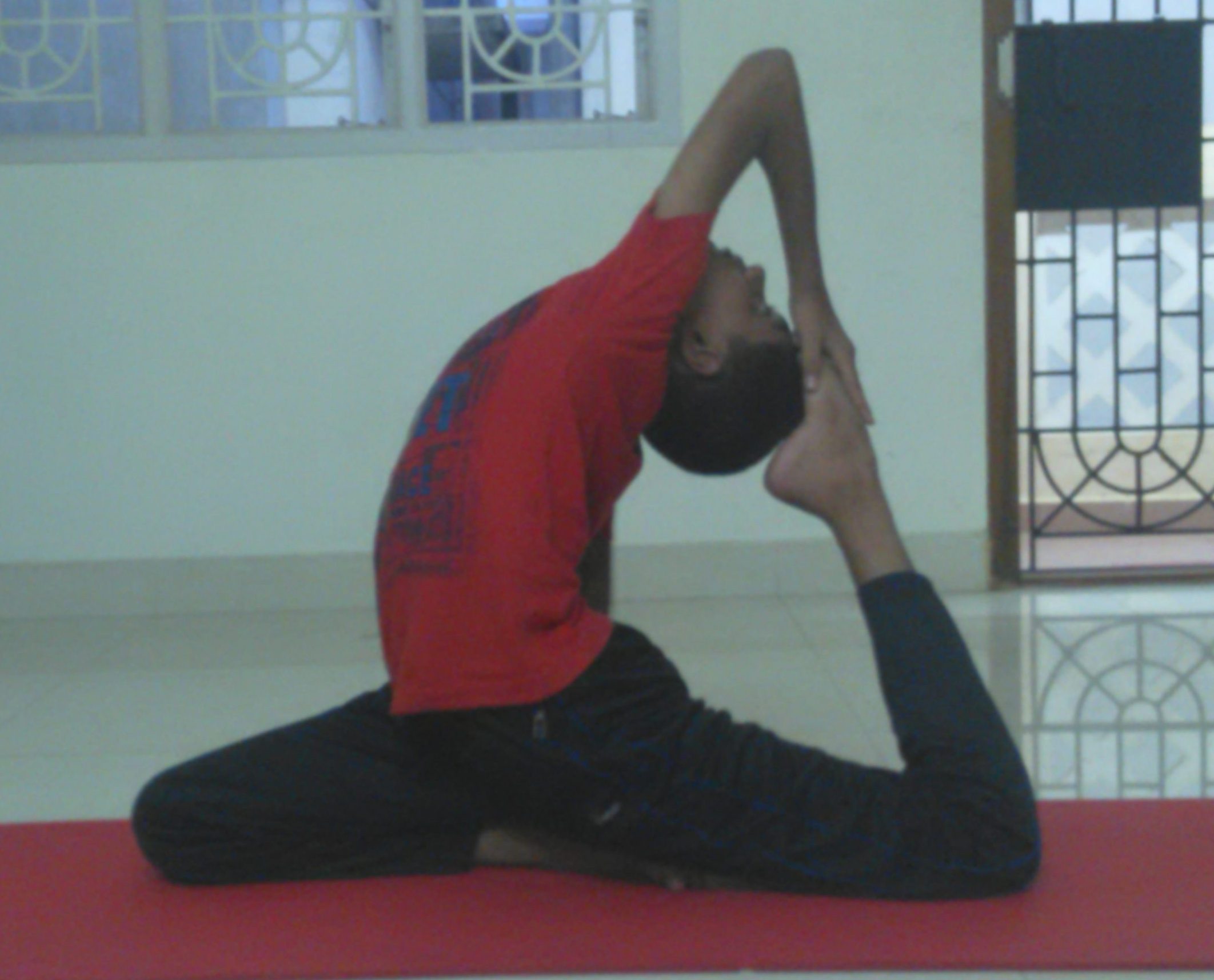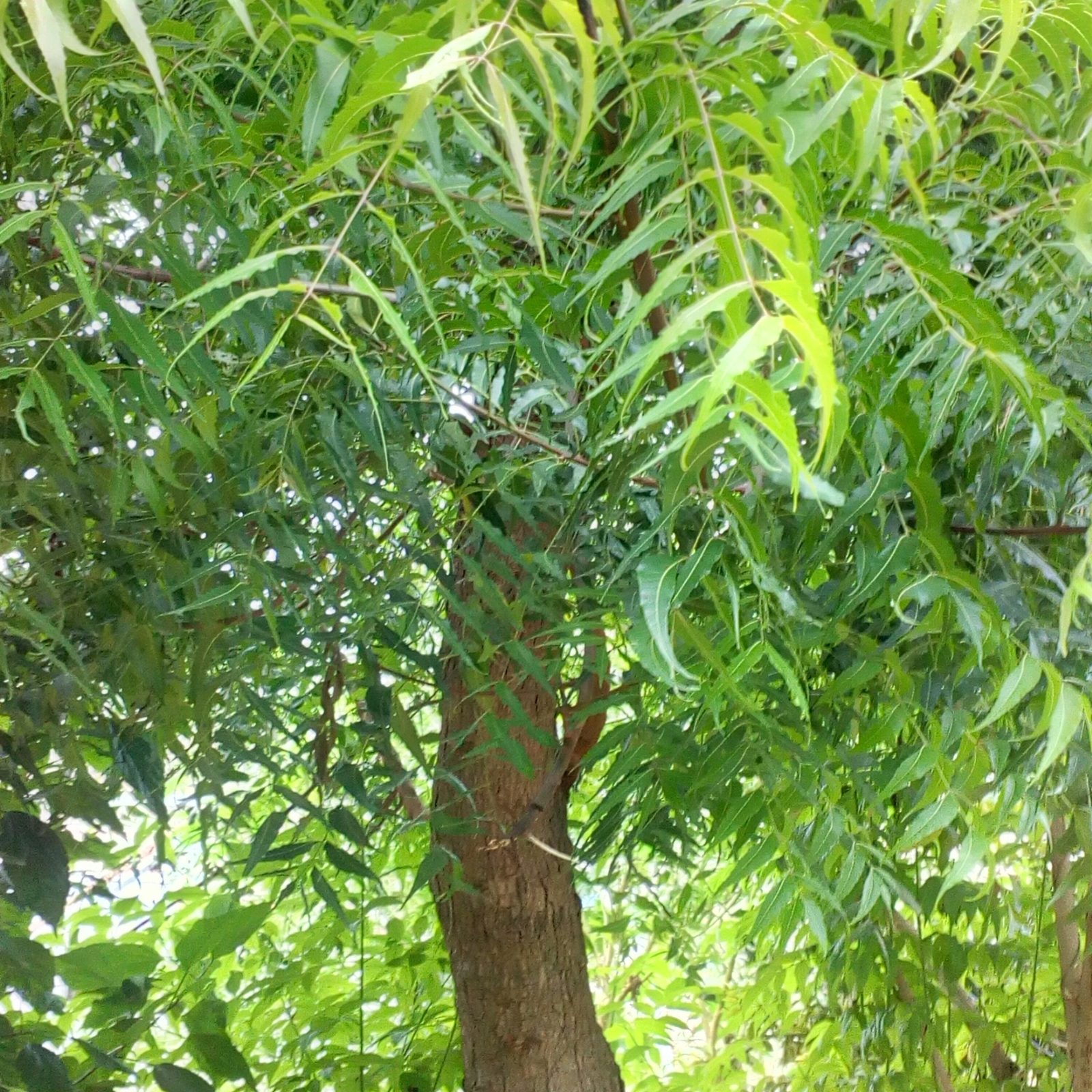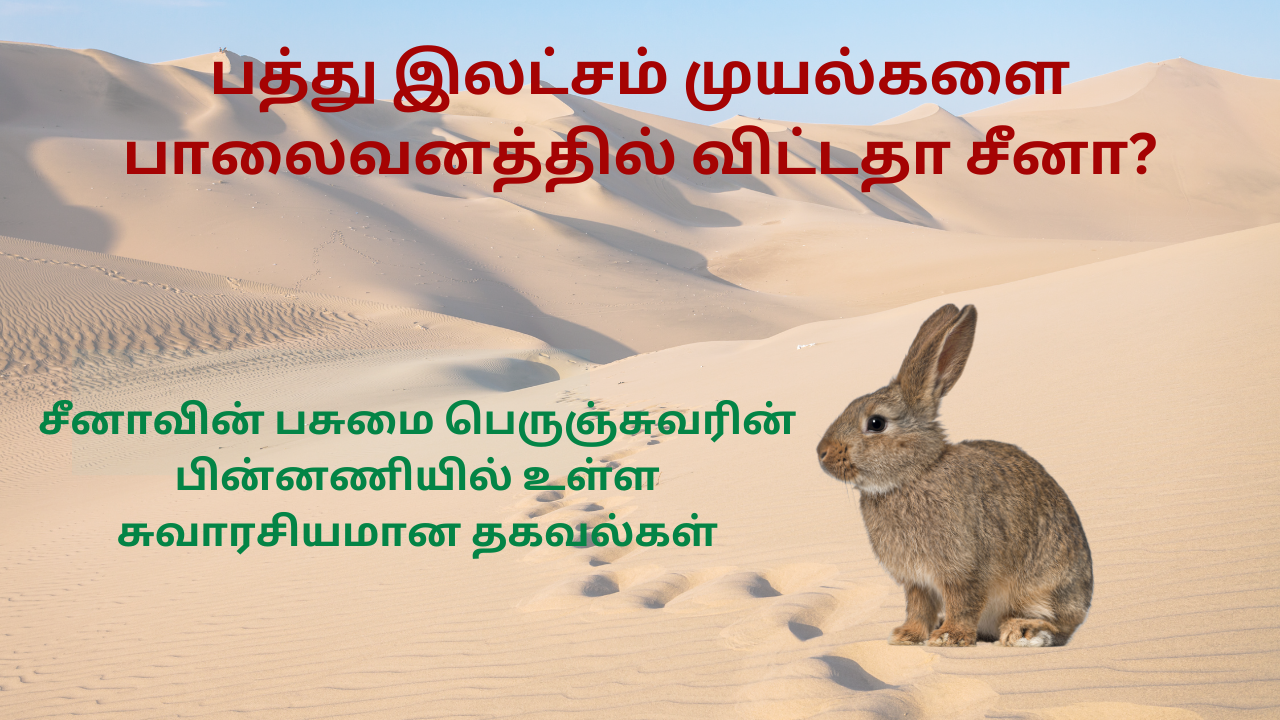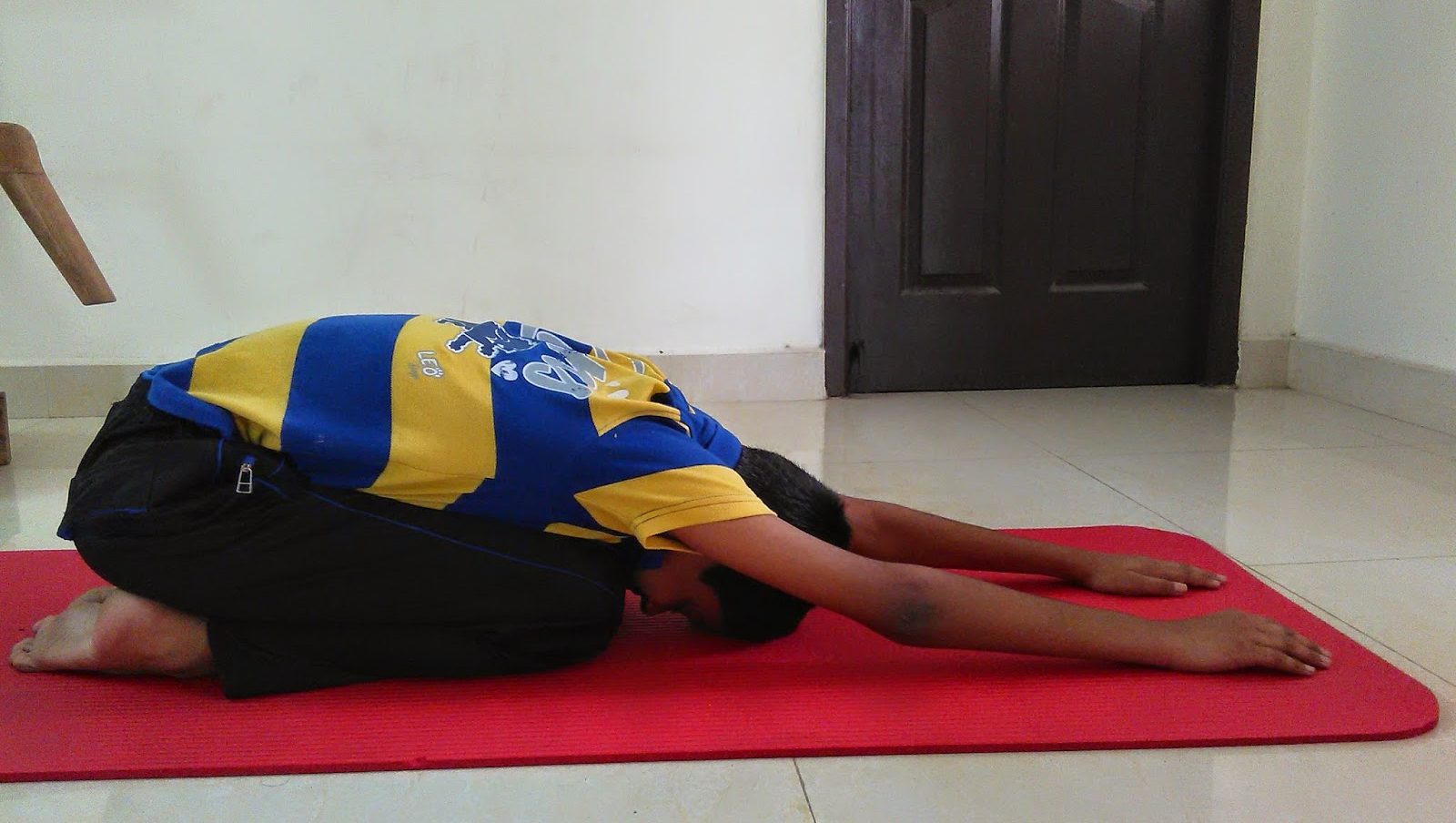One-Legged King Pigeon Pose is called Eka Pada Rajakapotasana in Sanskrit. 'Eka' means 'one', 'pada' means 'leg', 'raja' means 'king' and 'kapota' means 'pigeon'. One-Legged King Pigeon Pose is one of those amazing poses that challenges your flexibility levels.
Various studies have proved beyond doubt the brain power of crows and pigeons, which rank amongst the most intelligent birds. We have mentioned about crow in Crow Pose. A research has proven the pigeon's ability to identify and remember human faces. According to a study, pigeons, just like humans, possess the ability to logically categorize the objects they see and at an amazing speed as well.
One-Legged King Pigeon Pose stimulates muladhara, manipura, anahata, visudhi, ajna, guru and sahasrara chakras. Stimulation of sahasrara chakra helps to experience cosmic energy. It also promotes brain function. Hence, appearance apart, there can be more reasons to name the pose after pigeon.
Other Benefits of One-Legged King Pigeon Pose
- It increases spine flexibility.
- Promotes blood flow to brain
- Strengthens lungs
- Strengthens hips and promotes hip flexibility
- The pose stimulates functions of abdominal organs.
- Stretches the legs
- Cures sciatica
- Relieves fatigue
- Relieves stress and anxiety
Step-by-Step Guide
- Go on fours. Your wrists should be aligned with your shoulders and knees with your hips.
- Exhale as you slide your right knee between your legs. Place the right ankle close to left wrist.
- Stretch the left leg backwards and place the knee on the floor. The sole of the left foot should be facing upwards.
- Lower your right buttock to the floor. Stretch your low back.
- Inhale as you lower your hips further down.
- Raise your left hand over your head. The palm should be facing your body. Exhale.
- Inhale as you bend your head and upper back slightly backwards.
- With slow exhalation, bend your left leg and hold your left knee with your left hand. Now, your left palm should be facing downwards.
- Place your head on the left foot. Instead, you can hold your left toes with your left hand. The right hand can be placed on the floor. Alternately, you can assume Chin Mudra and place the right hand on the thigh.
- Hold the pose for 30 seconds to one minute.
- To release the pose, place your left leg down and assume Thunderbolt Pose. Relax in Child Pose.
- Repeat the same on the other side.
(To learn about Thunderbolt Pose, visit this page).
(To learn about Child Pose, visit this page).
Note
Those with chronic conditions in spine, hips, knees and ankles should refrain from practicing the pose.
You can place a yoga block or a folded blanket under the bent leg for support.
In case of difficulty in holding the leg, hold the ankle with the support of yoga belt.
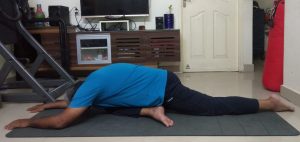
Yoga Pose for Day 79 - Downward Facing Pigeon Pose (Adho Mukha Kapotasana)
Yesterday's post was about One-Legged King Pigeon Pose. Today we will see how to prepare your body so you can perform challenging yoga poses. Performing Downward Facing Pigeon Pose helps to promote flexibility.
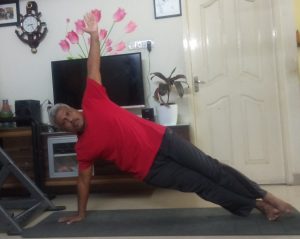
Yoga Pose for Day 77 - Side Plank Pose (Vasisthasana)
'Vasistha' in Sanskrit means 'the best'. While performing the pose most of the body weight is balanced on one hand and hence the asana is one of the powerful poses.
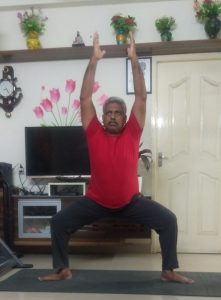
Yoga Pose for Day 76 - Goddess Squat (Uthkata Konasana)
In our earlier posts, we have covered the benefits and how-to-do of Bound Angle Pose, Upward Seated Angle Pose, Side Seated Angle Pose, Half-Upright Seated Angle Pose, Half-Prayer Twist Pose and Balancing Bound Angle Pose.
